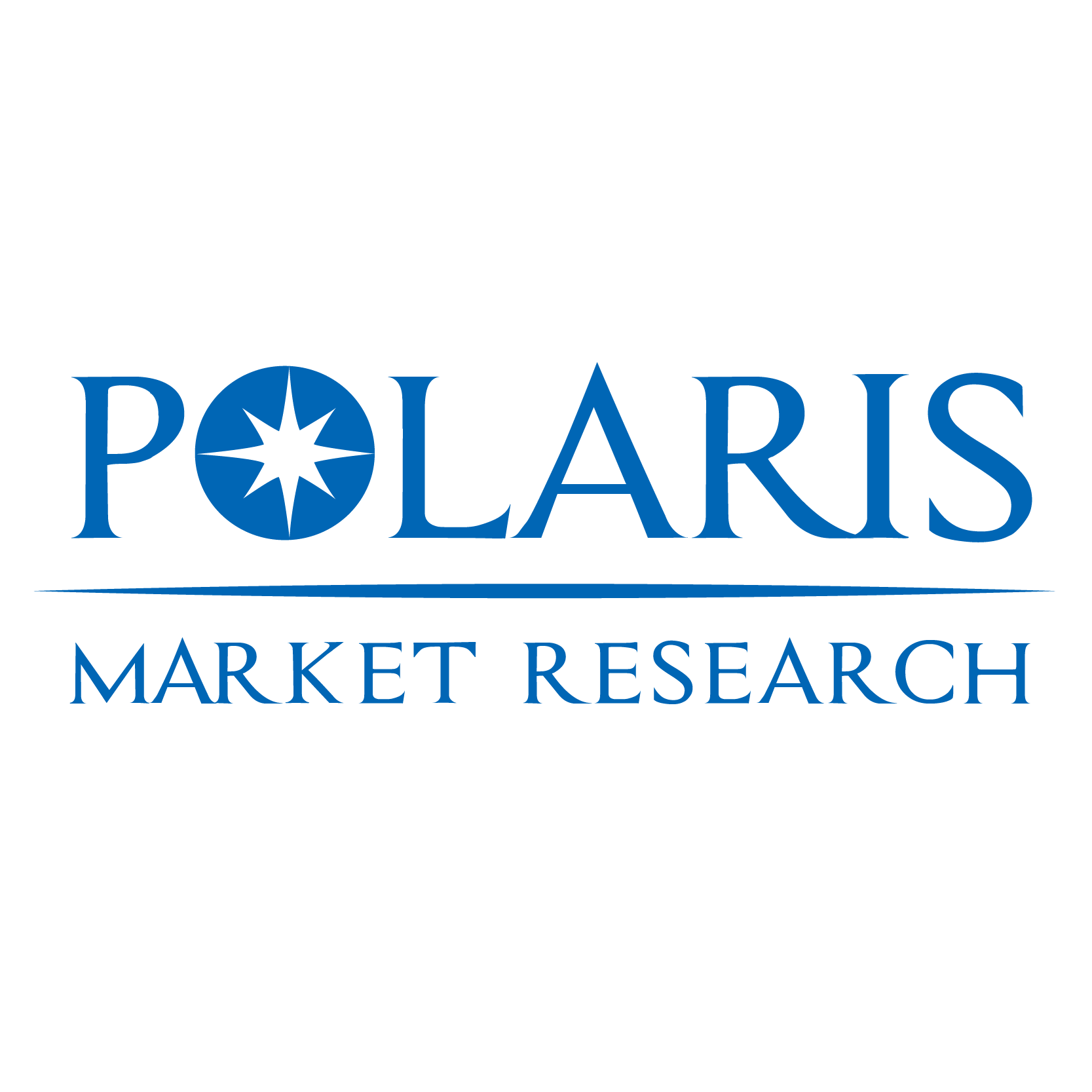The global Ankylosing Spondylitis (AS) market, valued at USD 4.48 billion in 2020, is projected to grow at a compound annual growth rate (CAGR) of 8.5% from 2021 to 2028, according to industry data. This significant expansion is driven by a confluence of factors including an escalating prevalence of ankylosing spondylitis, increasing awareness of autoimmune diseases, promising advancements in therapeutics, and a dynamic drug development pipeline. Additionally, heightened investment in healthcare infrastructure and research initiatives has further catalyzed the growth trajectory of this market.
Ankylosing spondylitis, a chronic inflammatory disease primarily affecting the spine and sacroiliac joints, has seen a marked increase in global incidence. As the understanding of autoimmune and rheumatologic disorders improves, early diagnosis and intervention rates have risen, subsequently increasing the demand for effective treatment solutions. The availability of both biologics and off-label drugs, supported by ongoing clinical trials, plays a crucial role in the market’s evolution.
Market Overview
Ankylosing spondylitis is categorized under axial spondyloarthritis and typically affects individuals in their second or third decade of life. The global market is segmented by geography into key regional markets that include North America, Europe, Asia Pacific, Latin America, and the Middle East and Africa. Each region presents unique market dynamics shaped by healthcare access, regulatory frameworks, disease burden, and treatment availability.
The emergence of precision medicine and personalized treatment plans has introduced a new dimension to ankylosing spondylitis management. Moreover, the integration of digital health technologies and telemedicine has improved patient monitoring, thereby enhancing treatment adherence and outcomes. These innovations, along with a surge in public health awareness campaigns, have helped demystify chronic autoimmune diseases and remove the stigma often associated with them.
Browse Full Insights:https://www.polarismarketresearch.com/industry-analysis/ankylosing-spondylitis-market
Market Trends and Country-wise Analysis
United States:
The U.S. dominates the North American ankylosing spondylitis market due to its advanced healthcare infrastructure and a robust research ecosystem. Increased screening and diagnosis rates, coupled with favorable insurance coverage for autoimmune disorders, have resulted in higher treatment penetration. Public and private investments in biopharmaceutical research, as well as a proactive regulatory environment, continue to support drug innovation in the AS therapeutic landscape.
Canada:
Canada has seen a rise in ankylosing spondylitis awareness programs, contributing to improved early detection. Access to a wide array of biologics and biosimilars has enhanced treatment outcomes. The Canadian healthcare system’s emphasis on universal coverage ensures that a majority of diagnosed patients can avail themselves of necessary treatments without financial strain.
Germany:
As a leading European market, Germany benefits from strong pharmaceutical research and a well-organized healthcare system. Awareness about autoimmune conditions is high, and the use of cutting-edge diagnostic tools facilitates early and accurate detection. Government support for clinical trials and biosimilar adoption has been instrumental in shaping the AS market in the country.
France:
France continues to make strides in managing chronic inflammatory diseases, including ankylosing spondylitis. The country has invested heavily in public health initiatives and rheumatologic research. National health campaigns have improved patient engagement and compliance with long-term treatment regimens. Access to innovative drug therapies remains a key driver of market growth in France.
United Kingdom:
The UK market is shaped by its National Health Service (NHS), which provides equitable access to ankylosing spondylitis therapies. Recent policy reforms to streamline the approval and reimbursement processes for biologics have facilitated market expansion. Additionally, collaborations between academic institutions and healthcare providers have bolstered research efforts.
China:
The AS market in China is experiencing rapid growth due to rising awareness and expanding healthcare access. With a vast population and increasing prevalence of autoimmune diseases, China has become a focal point for pharmaceutical companies conducting clinical trials. Government initiatives aimed at improving rural healthcare delivery have enhanced early diagnosis rates.
India:
India represents a growing market for ankylosing spondylitis treatment, largely due to improved disease recognition and a burgeoning middle class seeking advanced healthcare options. Despite challenges such as limited access in rural areas, the proliferation of telemedicine and affordable generic drugs has increased treatment coverage. Educational efforts by healthcare providers are gradually reducing diagnostic delays.
Japan:
Japan’s aging population and advanced medical technologies make it a significant market for ankylosing spondylitis therapies. Research institutions in Japan are actively involved in developing novel treatment mechanisms, particularly those tailored to Asian genetic profiles. The country’s regulatory environment is conducive to fast-tracking innovative drugs, further accelerating market growth.
Brazil:
In Latin America, Brazil leads in terms of market size and growth potential for ankylosing spondylitis therapies. Public health campaigns and improvements in the national healthcare system have contributed to better disease management. Government subsidies and pricing regulations for biologics have made treatments more accessible to the general population.
Mexico:
Mexico is witnessing gradual growth in the ankylosing spondylitis market, supported by health reforms and greater public awareness. Urban centers have better diagnostic facilities and specialist availability, which is critical for managing chronic inflammatory conditions. Expansion of private healthcare services has also played a pivotal role.
Saudi Arabia:
In the Middle East, Saudi Arabia has emerged as a key market due to its investments in healthcare infrastructure and emphasis on chronic disease management. Efforts to digitize healthcare services and adopt global best practices in rheumatology care are helping streamline treatment for ankylosing spondylitis.
South Africa:
South Africa represents the African continent’s most mature market for AS therapies. Increased focus on non-communicable diseases and public-private partnerships have paved the way for improved treatment accessibility. Educational programs aimed at healthcare professionals are improving diagnostic accuracy and patient outcomes.
Conclusion
The Ankylosing Spondylitis market is set on a robust growth path, buoyed by scientific advancements, increased healthcare spending, and a global focus on managing chronic inflammatory diseases. With country-specific initiatives tailored to local healthcare landscapes, the global AS market is expected to experience sustained development across regions.
More Trending Latest Reports By Polaris Market Research:









